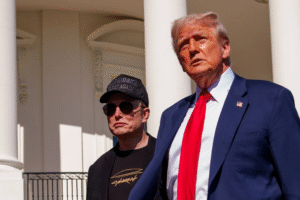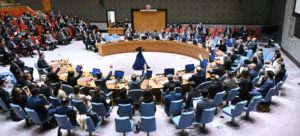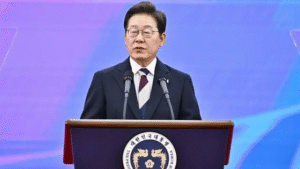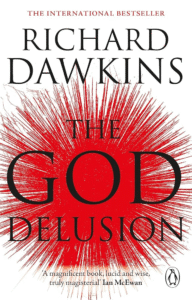The Tangled Threads of Diplomacy: Indirect Talks and the Resurgence of Iran’s Nuclear Concerns
The announcement that Iran’s Foreign Minister will engage in indirect talks with a U.S. envoy regarding Tehran’s nuclear program marks a significant, albeit tentative, step in a long and fraught diplomatic dance. This development, occurring in the wake of a former U.S. president’s direct appeal to Iran’s Supreme Leader Ayatollah Ali Khamenei, underscores the persistent urgency and complexity of addressing Iran’s nuclear ambitions. The history of negotiations surrounding this issue is a tapestry woven with cautious optimism, broken promises, and escalating tensions, making any potential progress a delicate and hard-won achievement.
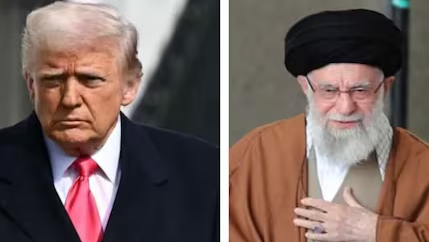
A Cautious Approach: Indirect Talks and Deep-Seated Mistrust
The decision to pursue indirect talks, rather than direct engagement, highlights the deep-seated mistrust that continues to plague the relationship between Iran and the United States. This method of communication, often facilitated by intermediaries, allows for a degree of distance and deniability, reflecting the political sensitivities on both sides. It suggests a cautious approach, where both nations are testing the waters, seeking to gauge the other’s sincerity without fully committing to direct confrontation. This cautious approach is understandable considering the history of broken agreements, and the high stakes involved.
The Former President’s Intervention: A Catalyst for Dialogue?
The catalyst for these renewed talks, the former U.S. president’s letter to Ayatollah Khamenei, is a particularly intriguing element. It speaks to the enduring influence of individual actors in shaping international relations, even after their departure from office. This intervention suggests a recognition of the need for creative and unconventional diplomatic approaches to break through the entrenched gridlock. Whether this intervention will be seen as helpful, or as interference by the current administration, remains to be seen. However, it indicates a strong desire among some to see a resolution.
The Core Issue: Iran’s Nuclear Program and International Concerns
The core issue at stake remains Iran’s nuclear program and the international community’s concerns about its potential military applications. The Joint Comprehensive Plan of Action (JCPOA), the 2015 nuclear deal, aimed to curb Iran’s nuclear activities in exchange for sanctions relief. However, the subsequent withdrawal of the United States from the agreement and the reimposition of sanctions have led to a significant deterioration in relations and a resurgence of Iran’s nuclear activities.
A Critical Opportunity: Pathways for De-escalation
The indirect talks, therefore, represent a critical opportunity to explore potential pathways for de-escalation and a return to some form of diplomatic engagement. The success of these talks will depend on several key factors, including the willingness of both sides to engage in good faith, the ability to address the deep-seated mistrust, and the capacity to find common ground on contentious issues.
The International Community’s Hope and Apprehension
The international community watches these developments with a mixture of hope and apprehension. The prospect of a nuclear-armed Iran raises serious concerns about regional stability and global security. Conversely, a successful resolution to the nuclear issue could pave the way for improved relations and a more peaceful and stable Middle East.
Weaving a Fabric of Peace and Stability
In conclusion, the initiation of indirect talks between Iran and the U.S. is a fragile but potentially significant step. The complex history of this issue, the deep-seated mistrust, and the high stakes involved demand a cautious and nuanced approach. The success of these talks will require a commitment to diplomacy, a willingness to compromise, and a shared understanding of the need to prevent a nuclear crisis. The world holds its breath, hoping that these tangled threads of diplomacy can be woven into a fabric of peace and stability.

